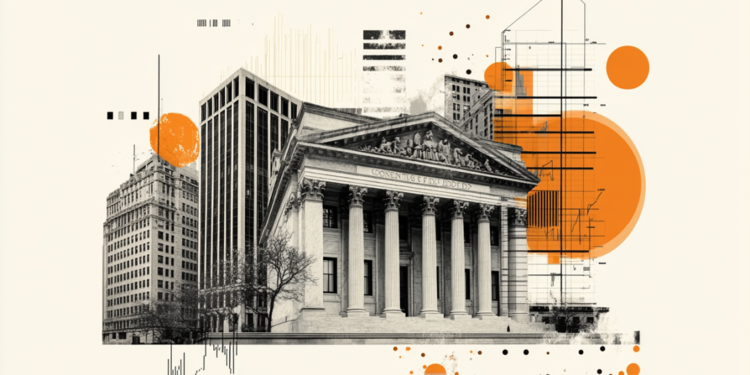In an interview with CNBC on Monday, Atlanta Federal Reserve (Fed) President Raphael Bostic said that inflation is not moving to target as fast as anticipated and reiterated that he leans toward only one rate cut this year because it will take time to understand the impact of tariffs, per Reuters.
Key takeaways
“Moody’s downgrade will cut across economics, financial markets.”
“Downgrade will have implications for cost of capital, could ripple through economy.”
“Will have to wait and see about impact of downgrade on demand for US debt.”
“The Fed will have to determine how the downgrade effects an outlook that is already in flux.”
“It is unclear if consumers today can take on the full cost of tariffs given the state of household balance sheets, recent inflation.”
“Number of rate cuts this year depends on how things turn out, the details of the tariffs will matter.”
“”There is a scenario where tariffs become less of a story over time.”
“Treasury markets are functioning quite well.”
“Uncertainty means there is higher risk, the Fed only controls one part of the price of capital.”
“As things get more expensive, it changes the choices policymakers, households and businesses face, that will influence the path of the economy.”
“Right now see more risk of higher inflation than the employment side of the mandate.”
“Inflation expectations are moving in a troubling way.”
“Have not seen much movement on the jobs side, firms say they don’t have plans for large layoffs.”
“Decline in sentiment is not yet playing out in the marketplace.”
Market reaction
The US Dollar stays under bearish pressure following these comments. At the time of press, the USD Index was down 0.75% on the day at 100.22.
Fed FAQs
Monetary policy in the US is shaped by the Federal Reserve (Fed). The Fed has two mandates: to achieve price stability and foster full employment. Its primary tool to achieve these goals is by adjusting interest rates.
When prices are rising too quickly and inflation is above the Fed’s 2% target, it raises interest rates, increasing borrowing costs throughout the economy. This results in a stronger US Dollar (USD) as it makes the US a more attractive place for international investors to park their money.
When inflation falls below 2% or the Unemployment Rate is too high, the Fed may lower interest rates to encourage borrowing, which weighs on the Greenback.
The Federal Reserve (Fed) holds eight policy meetings a year, where the Federal Open Market Committee (FOMC) assesses economic conditions and makes monetary policy decisions.
The FOMC is attended by twelve Fed officials – the seven members of the Board of Governors, the president of the Federal Reserve Bank of New York, and four of the remaining eleven regional Reserve Bank presidents, who serve one-year terms on a rotating basis.
In extreme situations, the Federal Reserve may resort to a policy named Quantitative Easing (QE). QE is the process by which the Fed substantially increases the flow of credit in a stuck financial system.
It is a non-standard policy measure used during crises or when inflation is extremely low. It was the Fed’s weapon of choice during the Great Financial Crisis in 2008. It involves the Fed printing more Dollars and using them to buy high grade bonds from financial institutions. QE usually weakens the US Dollar.
Quantitative tightening (QT) is the reverse process of QE, whereby the Federal Reserve stops buying bonds from financial institutions and does not reinvest the principal from the bonds it holds maturing, to purchase new bonds. It is usually positive for the value of the US Dollar.

